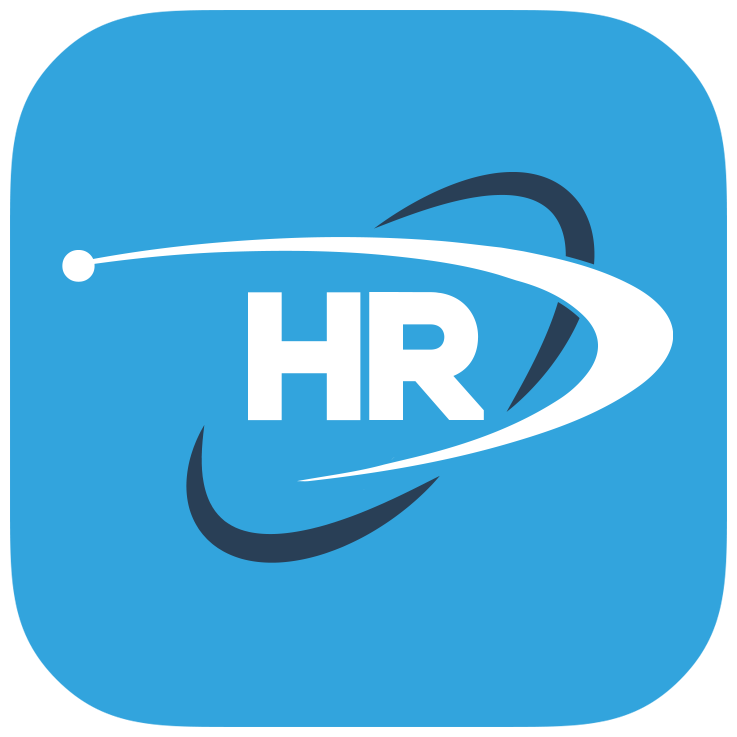Health Disparities in the LGBTQIA+ Community
With 7.2% of the U.S. population identifying as part of the LGBTQIA+ community, it’s becoming increasingly important to address the challenges this community faces when it comes to healthcare. Not only do many LGBTQIA+ people experience discrimination when seeking medical care, they also have specific healthcare needs that differ from the general population making it more difficult to get the care they need.
So, what are these differences and disparities the LGBTQIA+ population experiences? They can be broken out into three categories: access to care, behavioral health, and physical health.
Access to Care
LGBTQIA+ individuals are:
Less likely to have healthcare
More likely to be seen by providers who lack cultural competence
Receive poor quality of care and unfair treatment
Physical Health
LGBTQIA+ individuals are more at risk for:
HIV/AIDS in gay men
HIV in transgender women, Black, and Hispanic men
Obesity in lesbian and bisexual women
High risk of breast cancer in lesbian and bisexual women, transgender men
Higher rates of HPV and certain cancers
Behavioral Health
LGBTQIA+ individuals have higher rates of:
Eating disorders
Mood and anxiety disorders
Alcohol and substance abuse
Suicide and suicidal thoughts/ideation
The big question left is how do we close the gap on these disparities?
The answer is not simple and easy, but it is not impossible to change. A solid first step is educating healthcare providers about the LGBTQIA+ community and teaching cultural competency. However, education cannot eliminate everything. Healthcare providers must shift their mindsets and actively pursue being respectful to all of their patients regardless of how they identify.
You, as a nurse, can have a powerful impact in implementing this change by practicing inclusivity and sensitivity in your role.
For additional information and education on LGBTQIA+ healthcare, check out the following resources:


